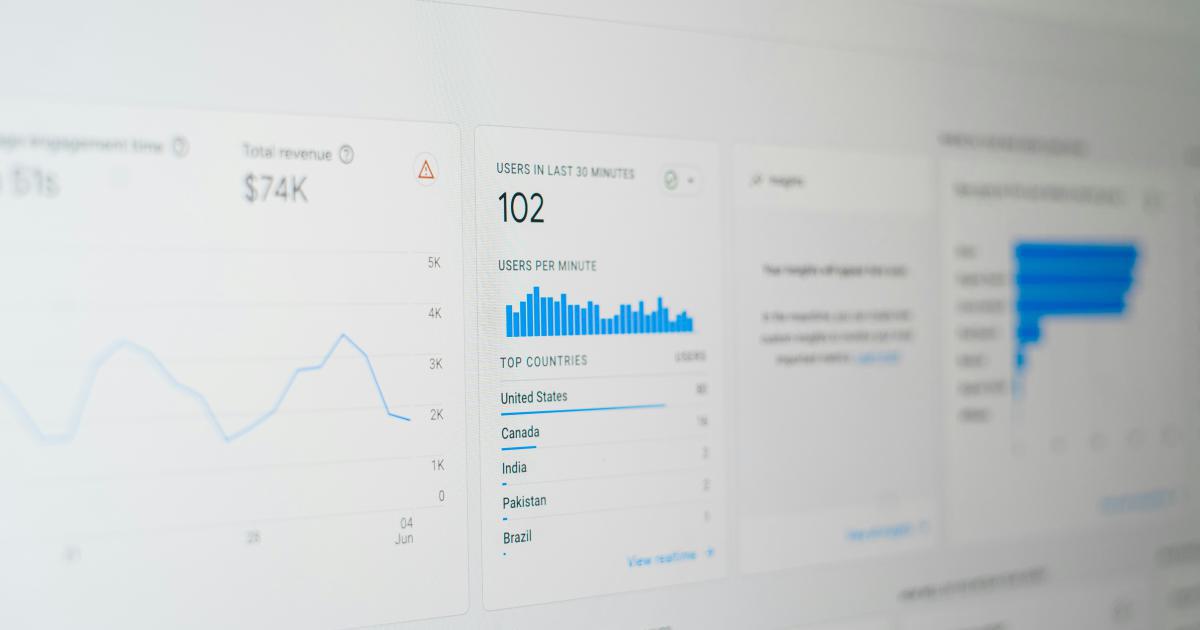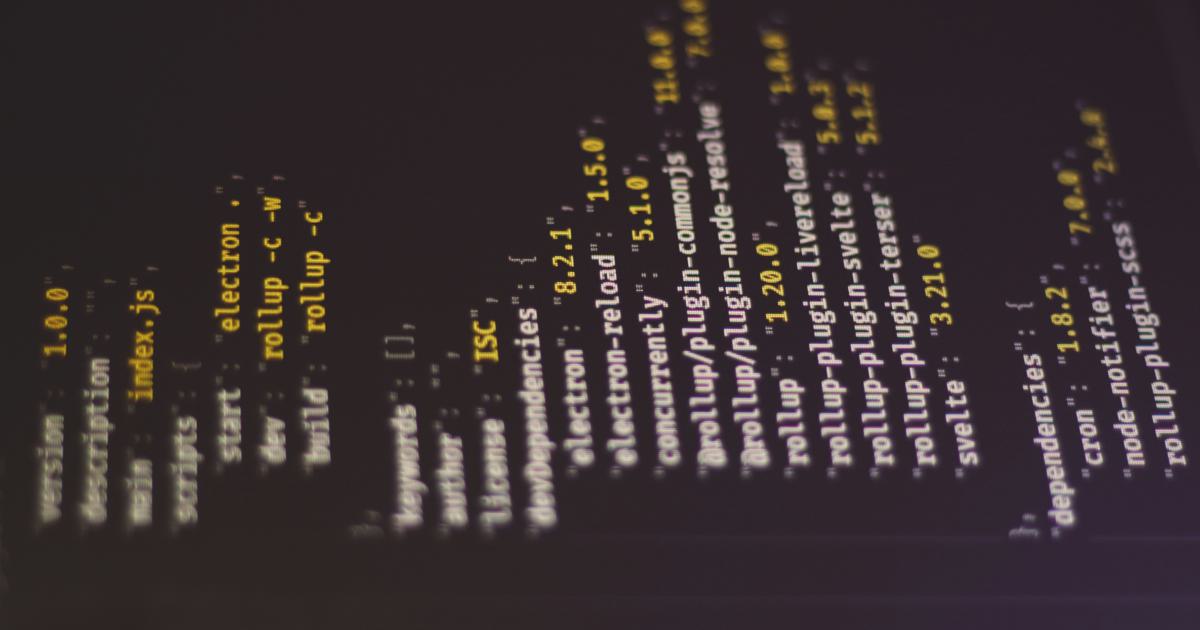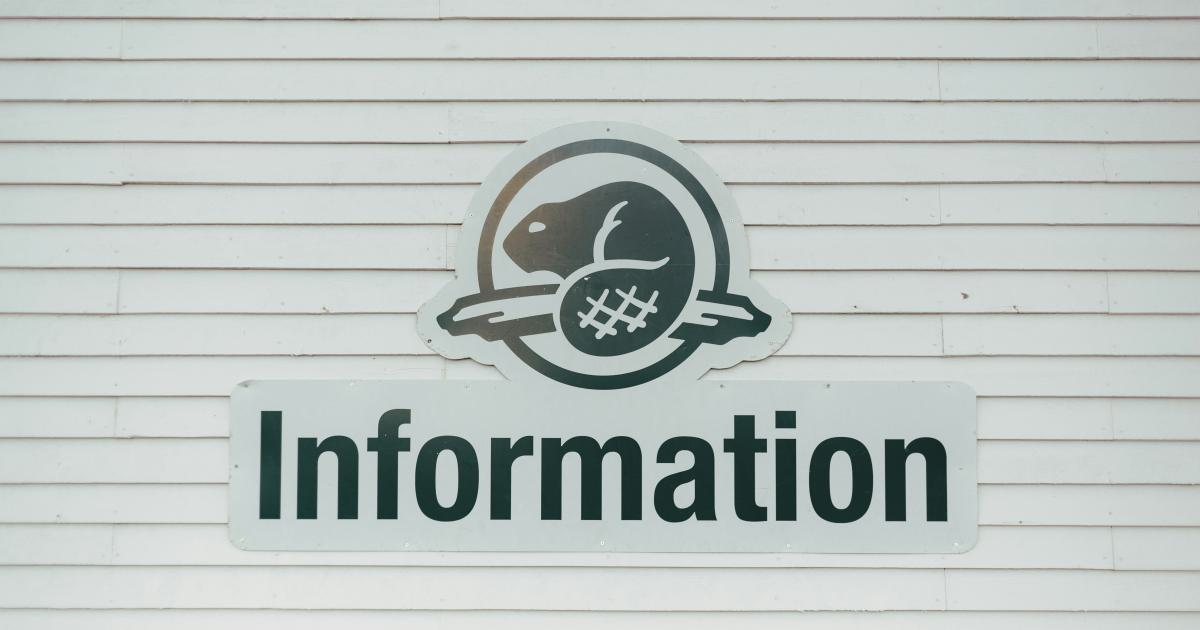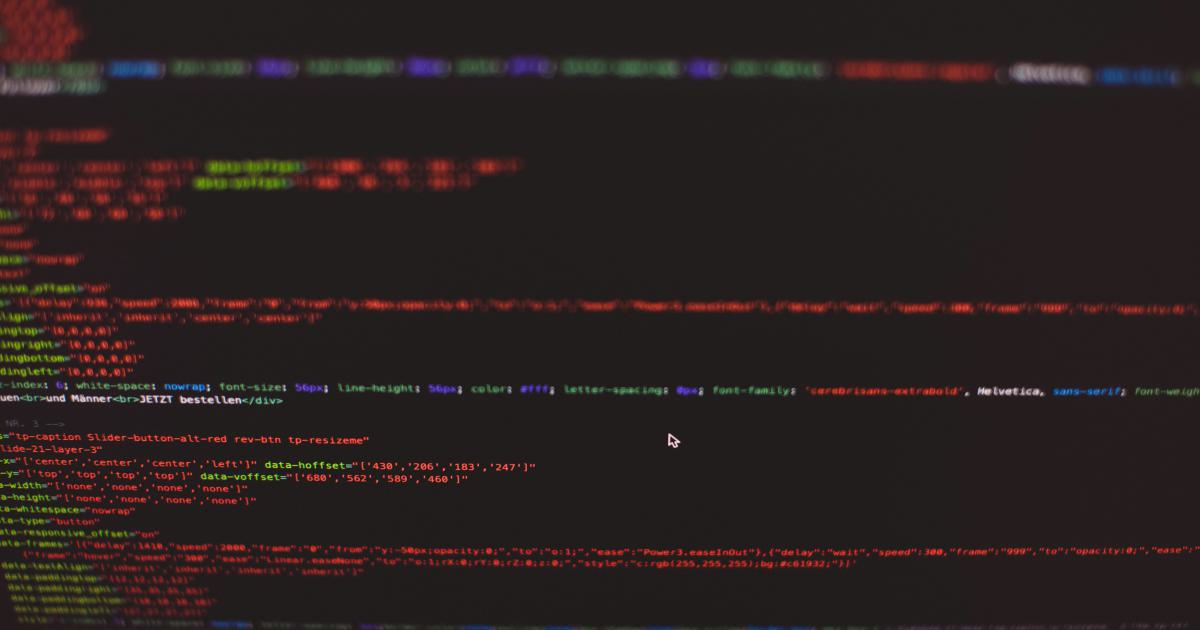Decoding User Behavior Through Click Stream Analysis


Understanding the Power of Click Stream Data
In the digital age, understanding user behavior has become increasingly crucial for businesses to optimize their online presence, improve customer experiences, and drive growth. One of the most valuable sources of data for this purpose is click stream analysis, which provides a detailed window into how users interact with a website or application.
Click stream data refers to the record of a user's navigational path and actions on a digital platform. This data is collected as users click through various pages, interact with content, and engage with different features. By analyzing these click streams, businesses can gain insights into the user journey, identify patterns, and uncover valuable opportunities for optimization.

The Importance of Click Stream Analysis
Click stream analysis is a powerful tool that enables businesses to:
Understand User Behavior: By analyzing the click stream data, businesses can gain a deep understanding of how users navigate their digital platforms, which pages they visit, how long they spend on each page, and which actions they take. This information can help identify pain points, optimize the user experience, and make informed decisions about the website or application's content and structure.
Optimize Conversion Rates: Click stream analysis can reveal insights into the factors that influence user conversion, such as the paths users take to reach a desired goal (e.g., making a purchase, filling out a form, or signing up for a service). By identifying and addressing the barriers or friction points in the conversion funnel, businesses can improve their conversion rates and drive better overall performance.
Personalize User Experiences: By analyzing click stream data, businesses can gain a deeper understanding of their users' preferences, interests, and behaviors. This information can be used to personalize the user experience, recommend relevant content or products, and deliver targeted marketing messages, ultimately improving customer engagement and loyalty.
Enhance Product Development: Click stream data can provide valuable insights into how users interact with a product or service, which features they use, and where they encounter challenges. This information can inform product development decisions, helping businesses prioritize improvements and new feature additions based on user needs and preferences.
Identify Trends and Patterns: Analyzing click stream data over time can reveal trends and patterns in user behavior, such as seasonal fluctuations, the impact of marketing campaigns, or the adoption of new features. These insights can help businesses make more informed strategic decisions and better anticipate and respond to changing market conditions.
Collecting and Analyzing Click Stream Data
Collecting and analyzing click stream data involves several key steps:
Data Collection
The first step in click stream analysis is to collect the necessary data. This is typically done through the use of website or application tracking tools, such as Google Analytics, Adobe Analytics, or custom-built solutions. These tools capture a wide range of user interactions, including page views, clicks, scrolling behavior, search queries, and more.

Data Cleaning and Preprocessing
Once the raw click stream data is collected, it needs to be cleaned and preprocessed to ensure its accuracy and usability. This may involve tasks such as:
- Removing irrelevant or duplicate data
- Handling missing or incomplete data
- Transforming the data into a standardized format
- Enriching the data with additional information (e.g., user demographics, device information, or geographic location)
Data Analysis
With the cleaned and preprocessed data, businesses can begin the analysis process. This typically involves using various analytical techniques and tools, such as:
Descriptive Analytics: Analyzing the click stream data to understand user behavior, identify common patterns, and generate reports on metrics like page views, bounce rates, and average session duration.
Behavioral Segmentation: Grouping users based on their click stream behavior, such as their navigation paths, engagement levels, or conversion patterns, to create more targeted user segments.
Funnel Analysis: Tracking the user journey through a defined set of steps or actions, such as the purchase process, to identify drop-off points and optimize the conversion funnel.
Path Analysis: Examining the sequences of user actions and navigation paths to understand how users move through the digital platform and identify potential areas for improvement.
Cohort Analysis: Analyzing the behavior of specific user groups or cohorts over time, such as new vs. returning users or users acquired through different marketing channels, to uncover insights about user engagement and retention.
Predictive Analytics: Using machine learning algorithms to analyze click stream data and predict future user behavior, such as the likelihood of a user converting or churning, to inform strategic decision-making.

Interpreting and Applying Insights
The insights gained from click stream analysis can be used to inform a wide range of business decisions and strategies, such as:
- Optimizing the user interface and navigation structure
- Improving the content and layout of web pages or app screens
- Personalizing the user experience based on individual preferences and behaviors
- Enhancing marketing campaigns and targeting efforts
- Identifying new product or service opportunities based on user needs
- Streamlining internal processes and workflows
- Monitoring and responding to changes in user behavior over time
By continuously analyzing and acting on click stream data, businesses can stay agile, responsive, and aligned with the evolving needs and preferences of their target audience.
Best Practices for Click Stream Analysis
To effectively leverage click stream data and derive maximum value from it, businesses should follow these best practices:
1. Define Clear Objectives
Before embarking on a click stream analysis project, it's crucial to define clear objectives and key performance indicators (KPIs) that align with the overall business goals. This will help ensure that the analysis is focused, targeted, and actionable.
2. Collect Comprehensive Data
Ensure that the click stream data collected is comprehensive and covers all relevant user interactions across the digital platform. This may include integrating data from various sources, such as website analytics, mobile app tracking, and customer relationship management (CRM) systems.
3. Maintain Data Quality
Regularly review and clean the click stream data to maintain its accuracy and integrity. This may involve addressing issues such as missing data, inconsistent formatting, or the inclusion of irrelevant or duplicate information.
4. Utilize Advanced Analytics Techniques
Leverage advanced analytics techniques, such as machine learning and predictive modeling, to uncover deeper insights and make more informed decisions. These techniques can help identify patterns, predict user behavior, and generate personalized recommendations.

5. Collaborate Cross-Functionally
Click stream analysis often requires input and collaboration from various teams, including marketing, product, customer experience, and IT. Fostering cross-functional collaboration can help ensure that the insights generated are actionable and aligned with the broader business objectives.
6. Continuously Iterate and Optimize
Click stream analysis is an ongoing process, not a one-time project. Regularly review and update the analysis to adapt to changing user behavior, market trends, and business priorities. Continuously iterate on the strategies and tactics based on the insights gained to drive continuous improvement.
7. Communicate Insights Effectively
Ensure that the insights derived from click stream analysis are communicated effectively to relevant stakeholders, including decision-makers, cross-functional teams, and even customers. Use data visualization techniques, such as dashboards and reports, to make the insights easily digestible and actionable.

Case Studies: Leveraging Click Stream Analysis
To illustrate the power of click stream analysis, let's explore a few real-world case studies:
Case Study 1: Optimizing the E-commerce Checkout Process
An online retailer noticed a high shopping cart abandonment rate on their website. By analyzing the click stream data, they identified a series of friction points in the checkout process, including:
- Confusing navigation
- Unclear pricing and shipping information
- Lengthy form fields and a cumbersome checkout flow
The retailer used the insights from the click stream analysis to streamline the checkout process, simplify the user interface, and provide clear and transparent pricing information. As a result, they saw a significant increase in their conversion rates and a corresponding boost in revenue.
Case Study 2: Improving Content Engagement on a News Website
A popular news website wanted to increase user engagement and time spent on the site. By analyzing the click stream data, they discovered that users were often bouncing from the homepage after reading just one article.
Further analysis revealed that the site's content recommendation algorithms were not effectively guiding users to related or engaging content. The website team used this insight to optimize their content recommendation system, incorporating click stream data to better understand user interests and preferences.
The changes resulted in a noticeable increase in the average time spent on the site, as well as higher page views and lower bounce rates.
Case Study 3: Enhancing Mobile App Usability
A mobile banking app was experiencing a high rate of user frustration and low adoption of its core features. Click stream analysis of the app's usage data revealed several pain points, including:
- Confusing navigation between account management and transaction features
- Difficulty locating and accessing frequently used functions
- Suboptimal user interface and layout for mobile devices
The app development team used these insights to redesign the user interface, streamline the navigation, and prioritize the most commonly used features. They also introduced personalized recommendations based on individual user behavior.
These improvements led to a significant increase in user satisfaction, higher engagement with the app's core features, and a notable boost in overall adoption rates.
Conclusion: Unlocking the Full Potential of Click Stream Analysis
Click stream analysis is a powerful tool that allows businesses to gain unprecedented insights into user behavior and make data-driven decisions to optimize their digital platforms, enhance customer experiences, and drive growth.
By collecting comprehensive click stream data, applying advanced analytical techniques, and leveraging the insights to inform strategic and tactical decisions, businesses can unlock the full potential of their digital presence and stay ahead of the competition.
As the digital landscape continues to evolve, mastering click stream analysis will become an increasingly crucial skill for businesses seeking to thrive in the ever-changing, user-centric world of online interactions.